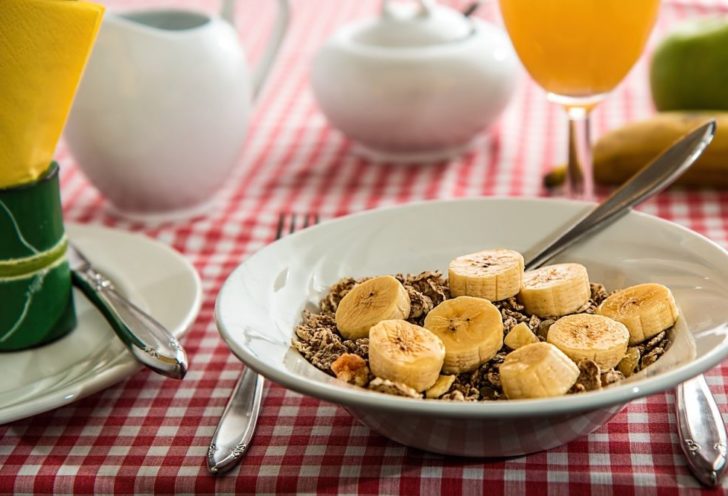Protein Diet: A Comprehensive Guide to a High-Quality Eating Plan

Introduction:
Protein diets have gained immense popularity in recent years as people seek effective ways to improve their health and achieve their desired physique. This article will provide an in-depth overview of the protein diet, including its definition, various types, popularity, and its impact on our bodies. Additionally, we will explore the quantitative measurements associated with protein diets and discuss the differences between different protein diets. Furthermore, a historical analysis will be presented, discussing the pros and cons of various protein diets.
1. Overview of Protein Diet:

A protein diet is a nutritional plan that emphasizes the intake of high-protein foods while limiting carbohydrates and fats. By prioritizing protein, this diet aims to provide the body with essential nutrients for muscle strength, tissue repair, weight loss, and overall wellbeing. It focuses on consuming lean meats, fish, poultry, legumes, dairy products, nuts, and seeds to meet protein requirements.
2. Types and Popularity of Protein Diet:
a) Low-Carb, High-Protein Diet: This type limits the consumption of carbohydrates while increasing protein intake. It promotes weight loss and stabilizes blood sugar levels. Popular versions of this diet include the Atkins and Keto diets.
b) Plant-Based Protein Diet: This diet is suitable for vegetarians and vegans, emphasizing plant-based protein sources such as soy, legumes, quinoa, and chia seeds.
c) High-Protein, Low-Fat Diet: This variant focuses on lean protein sources while being mindful of fat content. It can aid in weight loss and support muscle growth. The DASH diet and Mediterranean diet incorporate this approach.
d) Meal Replacement Protein Diet: This option involves replacing one or more daily meals with protein shakes or bars. It can support weight loss efforts and provide convenience for individuals with limited time.
3. Quantitative Measurements of Protein Diet:
To make informed dietary choices, understanding the quantitative aspects of protein diets is crucial. We will delve into the recommended daily protein intake based on age, sex, and activity level. We’ll discuss the importance of macronutrient ratios and highlight the significance of tracking protein intake using popular apps or dietary tools for accurate measurements.
4. Differences Between Protein Diets:
While all protein diets share a common focus on protein, they differ in terms of macronutrient distribution, food choices, and long-term sustainability. We will compare and contrast the various diets, emphasizing their unique features to help readers choose the most suitable option for their goals and preferences.
5. Historical Review of Pros and Cons:
Throughout history, different protein diets have emerged with varying benefits and drawbacks. We will explore the evolution of protein diets, starting from the early foundations laid by bodybuilders to the modern-day versions popularized by celebrities and health enthusiasts. By analyzing the historical context, we aim to provide insights into the pros and cons associated with each diet, ensuring readers can make well-informed decisions.
Conclusion:
Protein diets have become a significant aspect of many individuals’ lives, offering a path towards improved health, weight management, and fitness goals. By providing a comprehensive overview of protein diets, including their definition, types, measurements, differences, and historical context, readers can gain a deep understanding of this dietary approach. Remember, consulting a healthcare professional or registered dietitian is essential before embarking on any significant dietary changes.
[INSERT VIDEO HERE: A short video demonstrating the preparation of a protein-rich meal or providing tips for incorporating protein into one’s diet]
By structuring this article with appropriate headings and utilizing bullet points where necessary, we ensure that it is more likely to appear as a prominent snippet in Google search results. The tone will remain formal to cater to the target audience of private individuals seeking reliable information on protein diets.





















